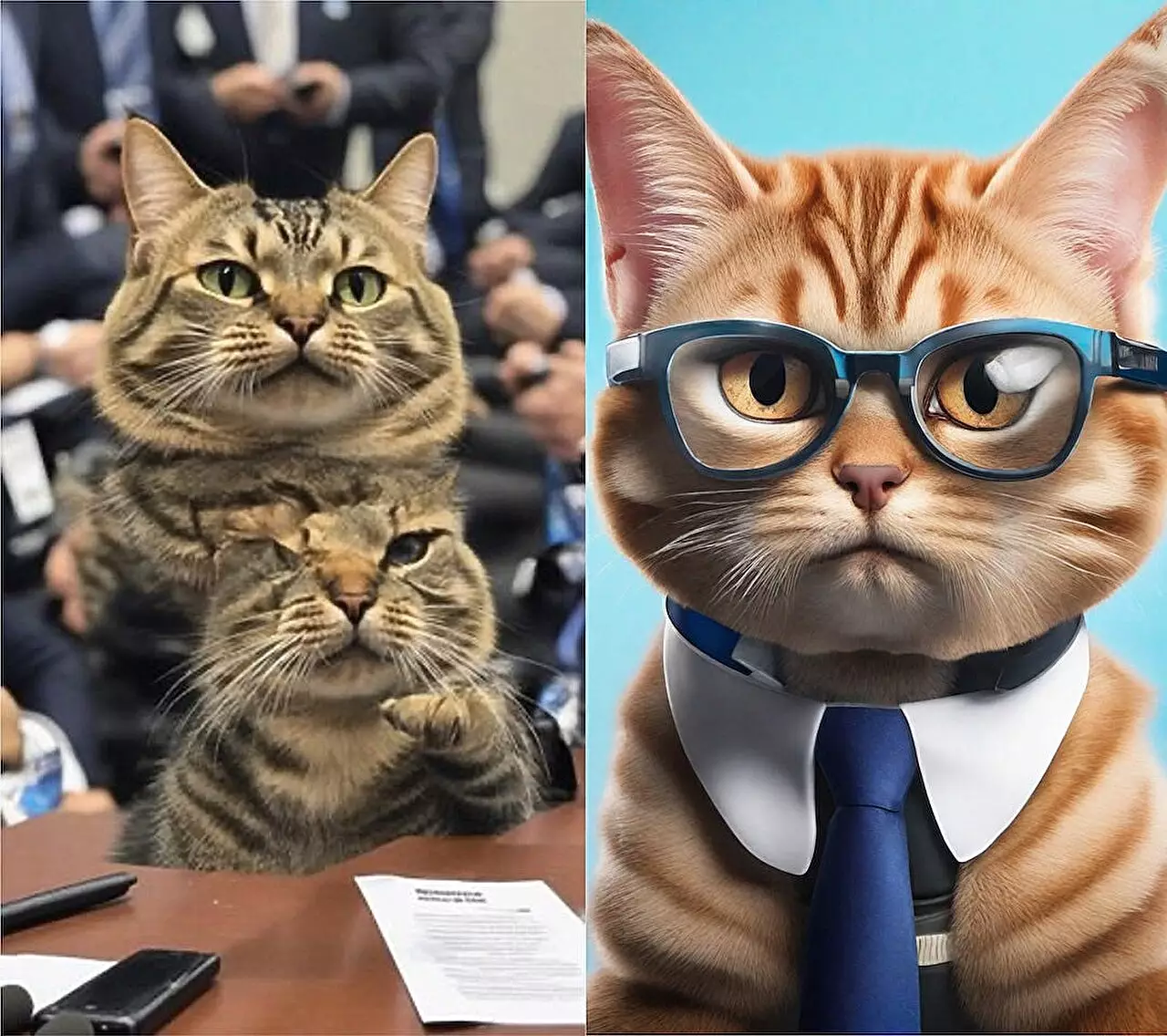Generative artificial intelligence (AI) technologies have made remarkable strides in various domains, particularly in creating images that mimic reality. However, they have been hindered by certain limitations, such as inconsistent image quality and a lack of adaptability to different formats. A breakthrough method, known as ElasticDiffusion, developed by computer scientists at Rice University, aims to address these inherent issues in diffusion models. This innovation asserts that AI can produce high-quality images across varied aspect ratios without sacrificing detail.
The core limitation of many generative AI models, particularly diffusion models like Stable Diffusion, Midjourney, and DALL-E, is their preference for producing square images. Although these models can produce strikingly lifelike imagery, they struggle when tasked with generating images outside of the standard square format. For instance, when someone requests an image with a non-square aspect ratio, say for a widescreen display, the AI often resorts to repetition, resulting in peculiar deformities such as additional fingers or awkwardly styled vehicles. This failure is symptomatic of a broader issue with overfitting, where AI models become too specialized in generating images similar to their training data but lack the versatility to adapt to different configurations.
The reliance on specific resolutions further compounds the problem. According to Vicente Ordóñez-Román, an associate professor at Rice University, if a model is trained solely on images with set dimensions, it will only be competent in generating images of that resolution. This limitation denotes a crucial bottleneck in the advancement of generative AI, as it restricts its application across a diversified range of visual formats.
The breakthrough proposed by Moayed Haji Ali, a doctoral student at Rice University, is the ElasticDiffusion method. Haji Ali elucidates that diffusion models utilize random noise, which they learn to adjust progressively. This process generally involves combining local information (like detailed textures) with global elements (the broader image outline). Current methodologies often treat these signals uniformly, leading to the aforementioned issue of repetitiveness in non-square images.
ElasticDiffusion disrupts this approach by isolating local and global signals into distinct generation paths. This bifurcation allows for a more controlled application of pixel-level detail by applying the local information in manageable quadrants rather than forcibly blending it with the global context. The conditional data, which forms the basis for guided image generation, is separated from alternative data pathways, allowing the model to maintain clarity and coherence without succumbing to redundancy.
Haji Ali’s system thereby enhances the generation process by managing local and global signals independently. As a result, the images produced boast enhanced fidelity and adaptive quality, regardless of the specified aspect ratio.
Despite its advantages, ElasticDiffusion comes with a trade-off in time efficiency. Currently, the method requires approximately six to nine times longer to generate an image compared to conventional models. This discrepancy presents a significant challenge for practical applications, as image generation that takes longer may not be suitable in environments requiring quick feedback and interactivity.
Nevertheless, Haji Ali and his team are committed to refining this innovative approach. They envision a future where ElasticDiffusion could operate at par with existing models like DALL-E, maintaining quality while streamlining the time taken for production. Optimizing performance will be crucial as adoption spreads and potential applications in diverse fields such as gaming, virtual reality, and online content creation continue to grow.
The implications of ElasticDiffusion extend well beyond mere technical advancements. As generative AI continues to evolve, the integration of efficient models tailored to various aspect ratios could redefine how we think about image production. Industries reliant on graphic design and visual storytelling stand to benefit immensely from enhanced flexibility and quality in image generation tools.
Haji Ali hopes that ongoing research will not only optimize the operational aspects of these models but also provide deeper insights into the algorithms’ functionalities. By establishing a comprehensive framework that addresses the challenges posed by aspect ratio variability and data specialization, AI can evolve into an even more potent creative partner across a range of industries.
The discovery of ElasticDiffusion exemplifies the remarkable potential of generative AI to adapt and refine itself continually. Through innovative approaches to long-standing challenges, we can anticipate a future where image generation transcends current limitations, ultimately supporting a myriad of creative and practical applications.


Leave a Reply